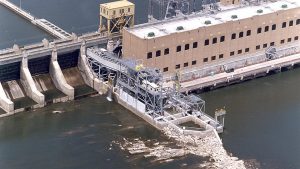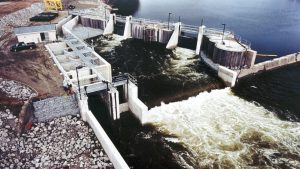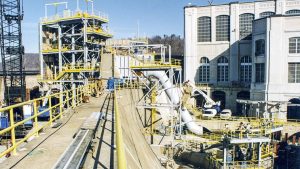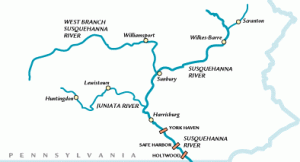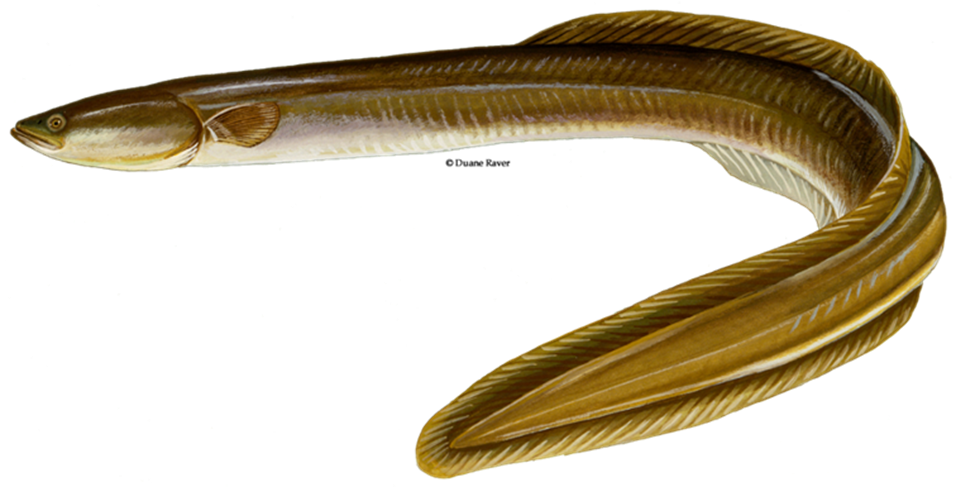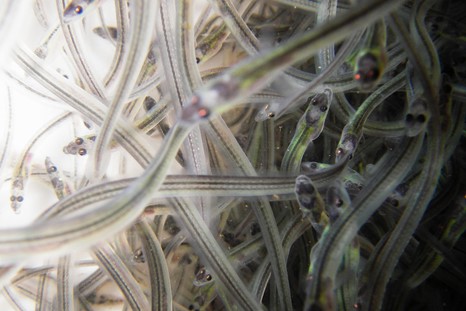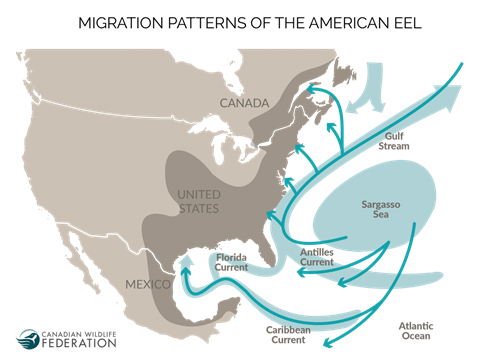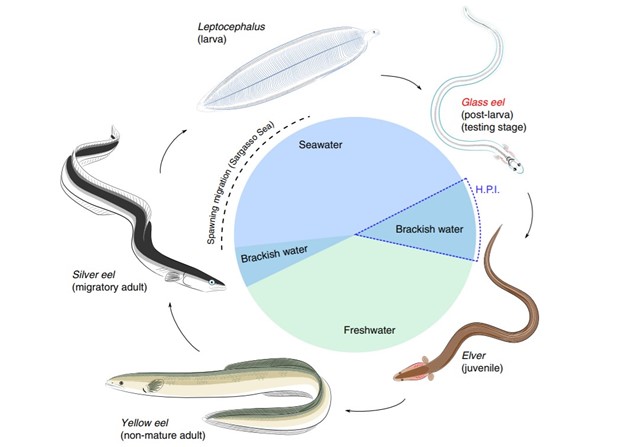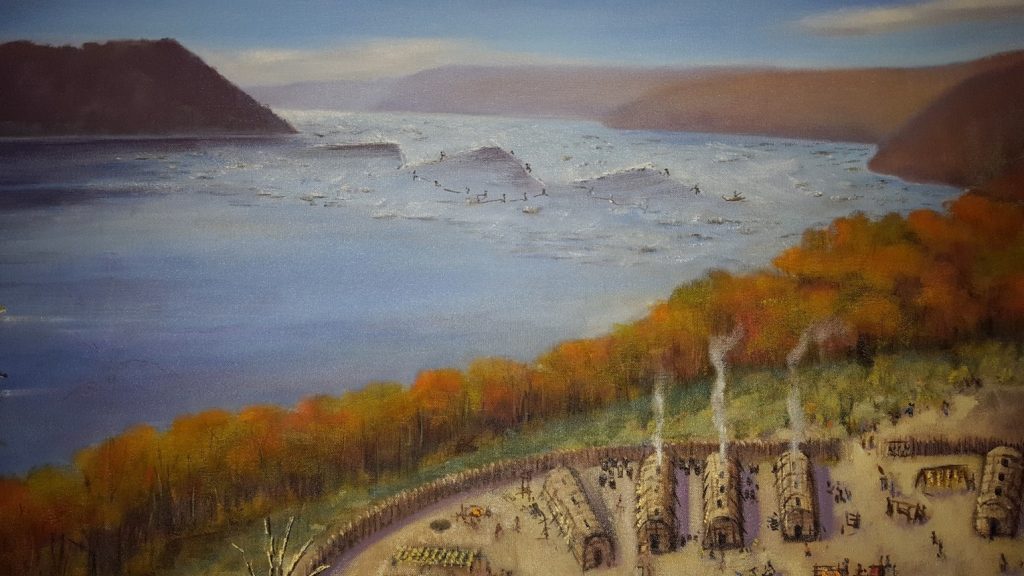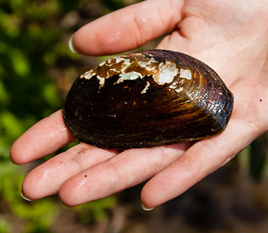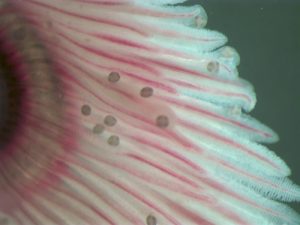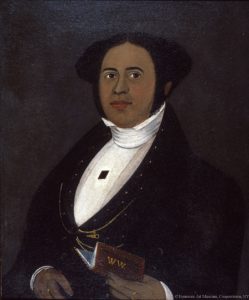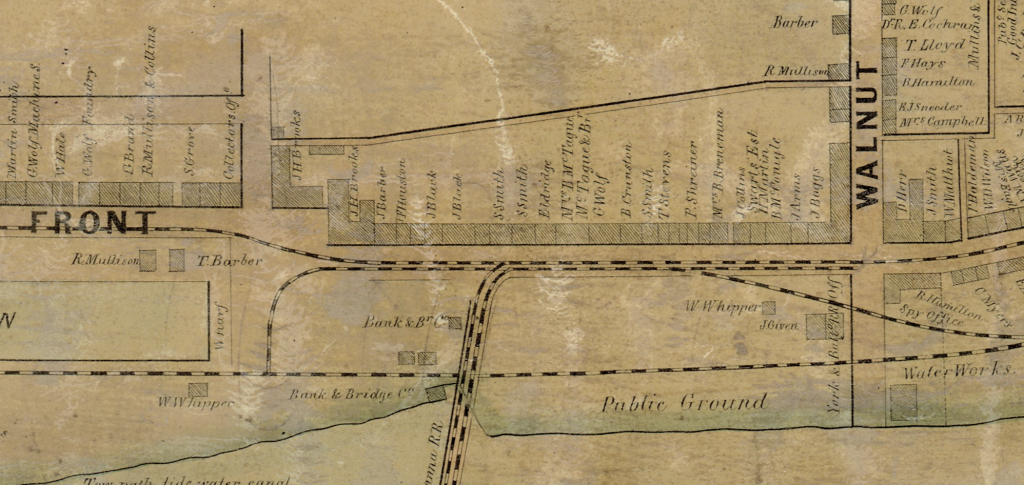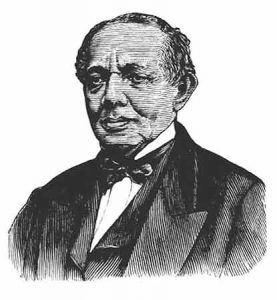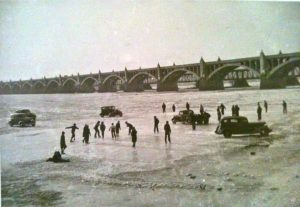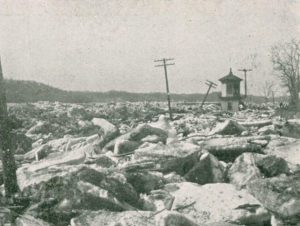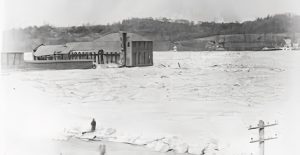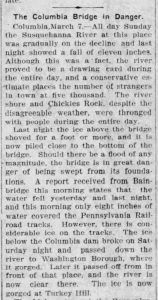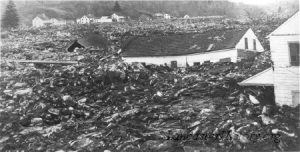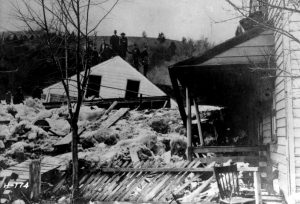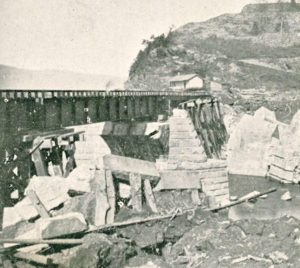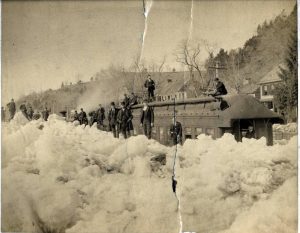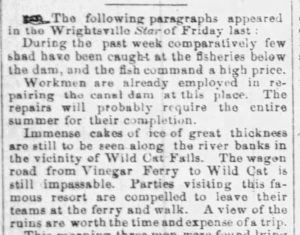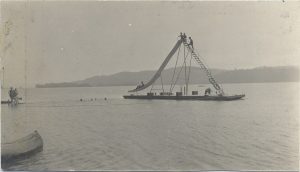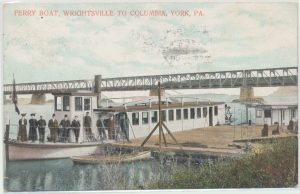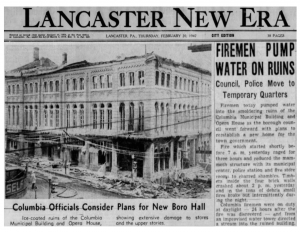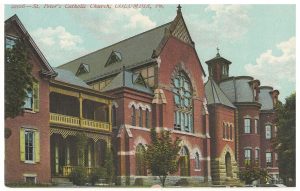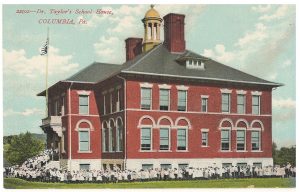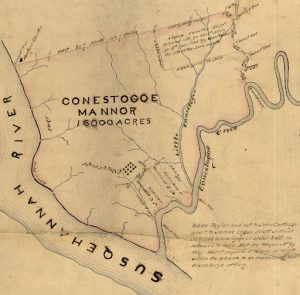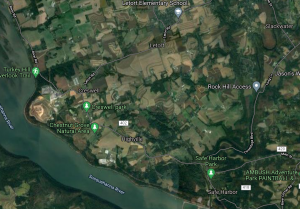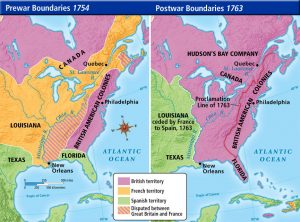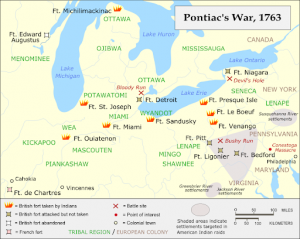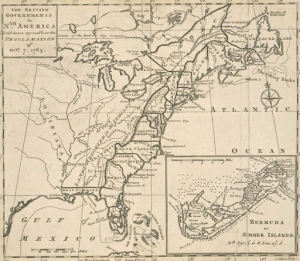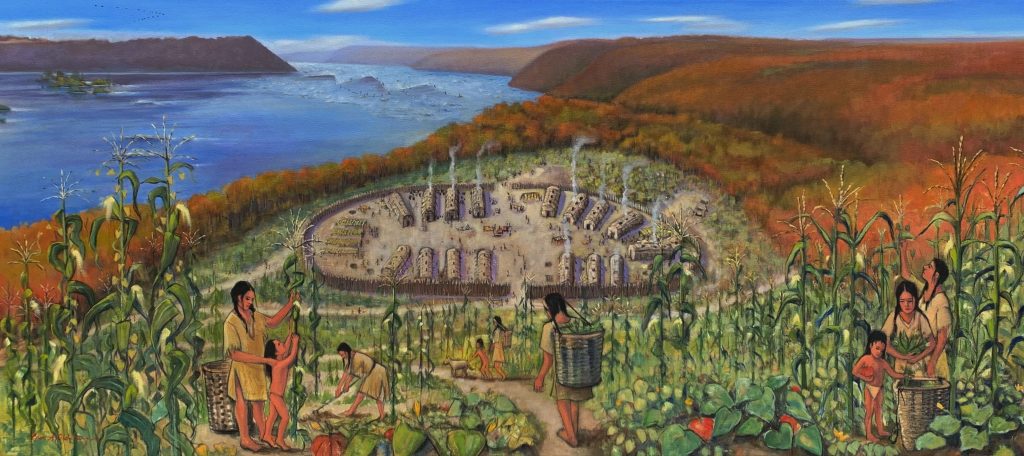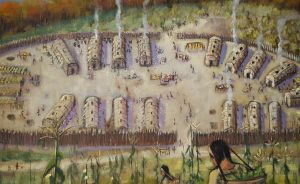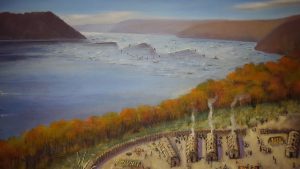RIVERFEST
June 24, 25 & 26
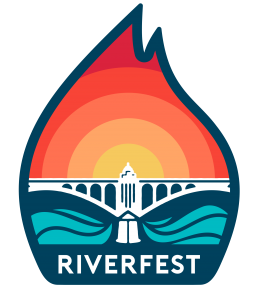 Head to the Susquehanna for Riverfest on June 24-26, 2022! Susquehanna National Heritage Area (NHA) and Rivertownes PA, USA have partnered to commemorate the Civil War burning of the world’s longest covered bridge. In June 1863, Confederate forces marched into Pennsylvania and spread across south central counties, raiding and sacking small towns. Columbia and Wrightsville joined together to protect Lancaster from the same fate. After a short battle, outnumbered Union troops and local volunteers set the wooden covered bridge that crossed the Susquehanna River ablaze. This act stopped the Confederates cold. They retreated west to a location in Adams County and, just two days later, that Army battled Union forces in the Battle of Gettysburg.
Head to the Susquehanna for Riverfest on June 24-26, 2022! Susquehanna National Heritage Area (NHA) and Rivertownes PA, USA have partnered to commemorate the Civil War burning of the world’s longest covered bridge. In June 1863, Confederate forces marched into Pennsylvania and spread across south central counties, raiding and sacking small towns. Columbia and Wrightsville joined together to protect Lancaster from the same fate. After a short battle, outnumbered Union troops and local volunteers set the wooden covered bridge that crossed the Susquehanna River ablaze. This act stopped the Confederates cold. They retreated west to a location in Adams County and, just two days later, that Army battled Union forces in the Battle of Gettysburg.
Riverfest is a weekend-long celebration of our river towns’ heritage and recreation. Susquehanna NHA, Rivertownes PA USA, and our heritage partners have created a range of experiences that tell the amazing stories of our past. Learn about the burning of the bridge story through several different heritage walks, talks, and trolley tours! Thanks to Columbia Historic Preservation Society, Historic Wrightsville Incorporated, and Friends of Mount Bethel Cemetery. Check out all the recreational trails that meander through our historic industrial landscape at the River Expo. Conquer the Bridge Burner Challenge Run & Paddle Race, a multi-sport race tracing the paths of the 1863 bridge burners. Looking to discover on your own? Grab a self-guided tour or digital adventure from Columbia Crossing. There’s over 100 miles of trails, 10 scenic overlooks, and over 2 dozen heritage sites in the Susquehanna National Heritage Area.
Thanks especially to our sponsors that believe in our mission to bolster our regional economy with heritage and recreation tourism.
INFERNO SPONSORS! John Wright Restaurant, Hinkle’s Restaurant/Murphy’s Mercantile, & Lancaster County Solid Waste Management Authority
BLAZE SPONSORS! Burning Bridge Antiques, Columbia-Middletown Elks, CPRS Physical Therapy, D.H. Funk & Sons, Isaac’s Restaurants, Sparrow Websites
FLAME SPONSORS! Manheim Auto Auction, Foresters of America, Art Design Group
Check out the full event schedule below and at: RiverfestPA.com
All Weekend:
Explore our history on a trolley tour during Riverfest! On Saturday, June 25th the tour will take you around Columbia. Learn about the important Underground Railroad heritage of the town and how the residents and Union home guard prepared to defend the bridge. Come on back on Sunday, June 26th to have a trolley tour of Wrightsville and learn about the Confederate invasion of Pennsylvania and the battle for Wrightsville. Tours start at Columbia Crossing River Trails Center and last 40- 50 minutes depending on traffic.
June 25 & 26 from 11 AM – 5 PM
Meet the five men that lit the fuse in a walking tour of Mount Bethel Cemetery. Learn about their lives and why theywere chosen for a such a dangerous and important job. Tour is $5 per person. Online pre-registration is available. Cash only on the day of the tour.
June 24 & 25 at 6 PM
June 26 at 11 AM
Explore Riverfest Antique Trail and take a piece of history home! Find glassware, pottery, signs, silver, porcelain, military items, books, art, historical papers, furnishings from the 18th, 19th, and early 20th centuries and so much more, as you enjoy antique hunting through 300 years of history!
June 24-26 at Participating Stores
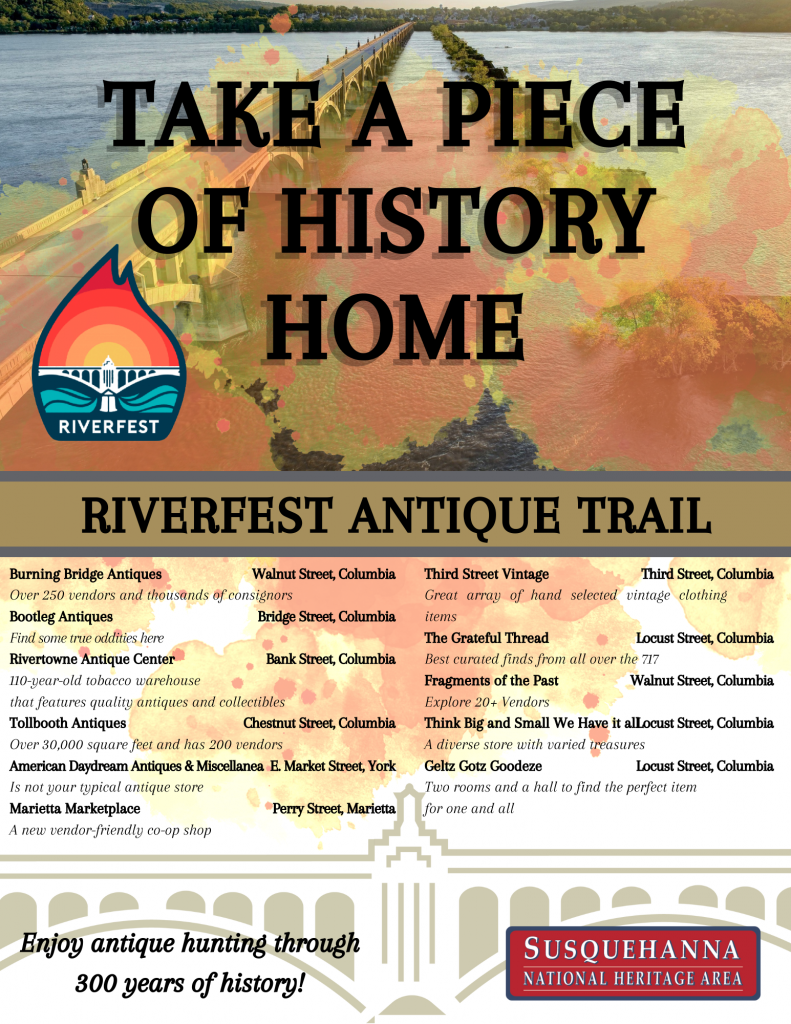
304 Walnut Street Columbia, PA 17512
Bootleg Antiques A unique antique store, with over 70 dealers, located in an old commercial washing machine factory. We can truly say, “The Past Still Lives!”
135 Bridge Street Columbia, PA 17512
Rivertowne Antique Center Located in a 110-year-old tobacco warehouse, this shop features quality antiques and collectibles that stand apart from typical crafts and reproductions you might find while browsing oddity shops.
125 Bank Ave, Columbia, PA 17512
Tollbooth Antiques A historic warehouse packed full of antiques, collectibles, and furniture at great prices. Something for everyone.
215 Chestnut Street Columbia, PA 17512
American Daydream Antiques & Miscellanea
Is not your typical antique store. Shop a large variety of items ranging from the 1800s-1990s. Including: comics, Star Wars, Transformers, milk bottles, uranium glass, York, PA items, records, VHS, vintage clothes, mid-century, kitsch and so much more.
3790 E. Market Street York, PA 1740
Marietta MarketplaceA new vendor-friendly co-op shop for antiques and collectibles. A varied inventory features vintage and collectible toys and action figures, comics and LP albums, sports and entertainment memorabilia, furniture, custom clothing, crystals and mineral specimens, coins and jewelry.
16 Perry Street Marietta, PA 17547
Third Street Vintage Enjoy a great array of hand selected vintage clothing items and all sorts of unique home decor, fun children’s toys, modern and stylish apparel, and accessories. Shop handcrafted jewelry, paintings, and merchandise created by a local artist!
17-19 S. Third Street Columbia, PA 17512
The Grateful Thread Provides nothing but the best curated finds from all over the 717. Vintage clothing and street wear store specializing in vintage graphic tees, custom crop tops, alternative fits, sneakers and much more!
214 Locust St. Columbia, PA 17512
Fragments of the Past Explore 20+ Vendors who work hard to make sure they are bringing you nothing but the best curated art, vintage, and antique finds that the 717 has to offer!
313 Walnut Street Columbia, PA 17512
Think big and small We have it all A diverse store where you may be able to find a varied treasures such as: antiques, vintage, midcentury, modern, furniture, home décor, wall hangings, glassware, and so much more!
438 Locust Street Suite 1 Columbia, PA 17512
Geltz Gotz Goodeze Two rooms and a hall to find the perfect item for one and all.
4030 Locust Street Columbia, PA 17512
Friday:
🔥 Riverstown Fourth Friday!
Across Marietta, Columbia, and Wrightsville, our restaurants and businesses will be open late celebrating kick off to Riverfest weekend. Find flaming hot deals and firey dinner options!
Saturday:
A fun multi-sport race commemorating the burning of the world’s longest covered bridge in 1863. Race starts 9 AM sharp! Spectators can watch paddle section from Columbia River Park.
9 AM – 11 AM at Columbia River Park
Meet outfitters and learn about river history and health at the River Expo. The expo is planned in conjunction with the Bridge Burner Challenge. Our goal is to showcase the Lower Susquehanna River region’s vast recreational opportunities in Lancaster & York Counties.
9 AM – 12 PM at Columbia River Park
Join us at Columbia Crossing River Trails Center for a lecture from Cindy Beaston on the Union’s defense of the Susquehanna River’s most important bridge crossing. Cindy is a Columbia native and Gettysburg tour guide. She is currently writing a book about Civil War soldiers from Columbia.
12 PM at Columbia Crossing River Trails Center
Join us at Columbia Crossing River Trails Center for a lecture from Cindy Beaston in Wrightsville after the burning of the bridge and the Confederate movements that led to the Battle of Gettysburg. Cindy is a Columbia native and Gettysburg tour guide. She is currently writing a book about Civil War soldiers from Columbia.
2 PM at Columbia Crossing River Trails Center
Enjoy an easy walk through Columbia River Park to learn about all six bridges that have crossed the Susquehanna River between Columbia and Wrightsville. Have an up-close look at the historic piers that held the wooden covered bridge that was burned in the Civil War.
Sunday:
Meet and interact with members of the 45th Pennsylvania Volunteer Infantry Company K. Visit their camp to learn about Civil War life including the Homefront and battlefield.
Join geologist Jeri Jones for a River Trail Walk & Talk on Sunday, June 26th at 12 PM. Explore the river geology between Columbia and the St. Charles Furnace along the Northwest Lancaster County River Trail. This easy, flat walk is about 1 mile out and back.
Susquehanna NHA and Shank’s Mare Outfitters have teamed up for this fun on-water experience. Get on the water at John Wright Restaurant and paddle out to the historic bridge piers. Learn about the battle for the bridge and bridge burner’s stories up close! A great, short trip for first-time, novice paddlers, and history buffs! Sign up today! $10 per person. Participants must be 12 years or older. Those ages 12 – 17 must be on the water with a parent/guardian. All participants will need to sign a waiver before going on the tour.
York County Historian Jim McClure will present a lecture on the Underground Railroad relationship with the Susquehanna River. Learn about the path to freedom through York County across the Susquehanna River and beyond Lancaster County. He will also talk about the Mifflin Farm – a nearby farmstead recently saved from demolition to be preserved as a public heritage site.
Bring a lawn chair or blanket to the lawn at John Wright Restaurant! The Part-Time Managers will be on stage playing classic folk and Americana as the sun sets over Wrightsville. During their intermission, Ridiculous Nicholas will light up the stage with a fire juggling show.
In commemorations of the brave acts of June 28, 1863, three historic bridge piers will be lit ablaze. As the fires are lit, Historic Wrightsville Incorporate will share the story of the burning of the bridge.

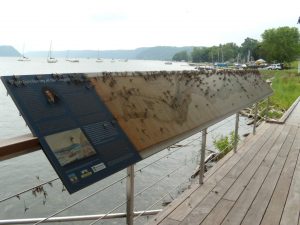
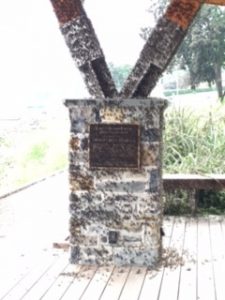
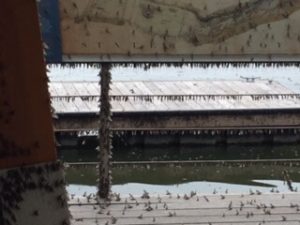
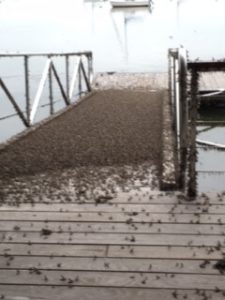
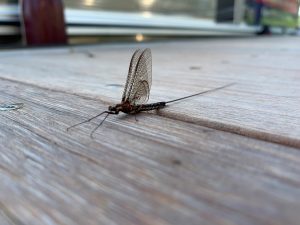
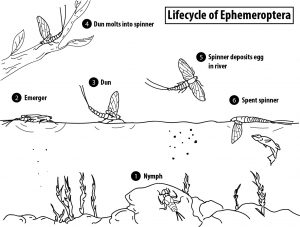
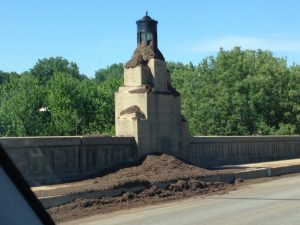
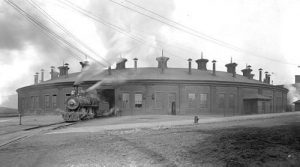
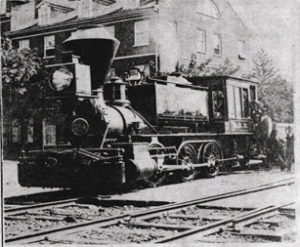
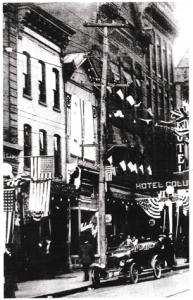
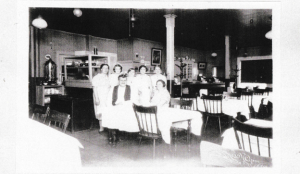
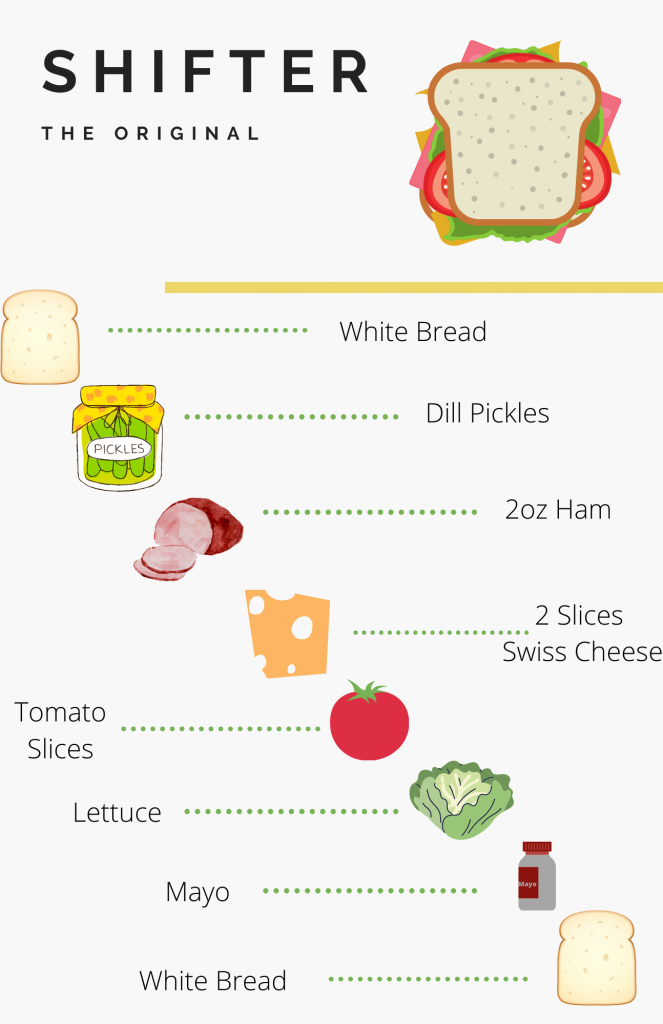

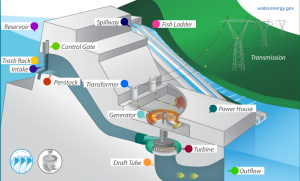
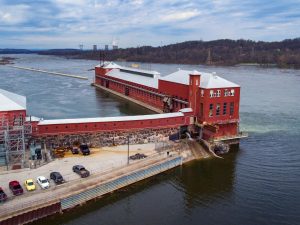 York Haven Hydro Station
York Haven Hydro Station Safe Harbor Hydroelectric Station
Safe Harbor Hydroelectric Station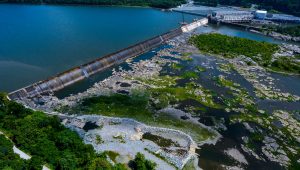 Holtwood Hydroelectric Plant (McCalls Ferry Dam)
Holtwood Hydroelectric Plant (McCalls Ferry Dam)
